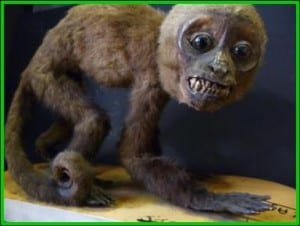Specimen of the Week: Week 135
By Naomi Asantewa-Sechereh, on 12 May 2014
 As you will know by now, Team Grant are taking it in turn to contribute their choices to Specimen of the Week. The previous 134 Specimen of the Weeks have only included 10 birds – there’s your first clue, it definitely is a bird! So in order to increase the number of our bird specimens with that coveted crowning glory, this week’s Specimen of the Week is…
As you will know by now, Team Grant are taking it in turn to contribute their choices to Specimen of the Week. The previous 134 Specimen of the Weeks have only included 10 birds – there’s your first clue, it definitely is a bird! So in order to increase the number of our bird specimens with that coveted crowning glory, this week’s Specimen of the Week is…
**The toucan skull**
1) The toco toucan (Ramphastos toco) is the largest member of the toucan family, averaging at 61cm in length. Not only are they the largest of the toucan species, the toco toucan also has the biggest bill in relation to body size of all birds – 4 times the size of its head. The bill’s long length allows the toucan to reach for fruit while perching from branches, and its serrated edges are adapted for grasping and tearing fruit.
2) The brightly coloured yellow/orange bill, which contrasts with the toucan’s glossy black plumage could be taken for a display in order to attract a mate; however, both male and female toucans possess a large colourful bill so this is thought to be unlikely. Instead, both male and female toucans use their bill to pick up and toss fruit at their potential mate in a mating ritual fruit toss.
3) Toucans primarily eat fruit, but they also feed on insects and may supplement their diet with young birds, eggs or reptiles. Without the use of their tongue, toucans lean back their head to almost 180° to drop the food item straight into their throat.
4) Toucans build their nests in tree cavities, which they line with regurgitated manduvi seeds from the manduvi tree. But it’s not only living trees, toucans favour dead trees and the nests of terrestrial termites. The male and female pair take turns in incubating the eggs for a period of 15-18 days.
5) Toucans belong to the group of birds in the taxonomic order Piciformes, which also includes woodpeckers. This group of birds nest in holes and share the same type of foot. They are zygodactyl, which means their feet are arranged in pairs with two toes at the front and two toes at the back. This formation is ideal for climbing and perching on trees.
Naomi Asantewa-Sechereh is Visitor Services Assistant at the Grant Museum of Zoology.
 Close
Close



